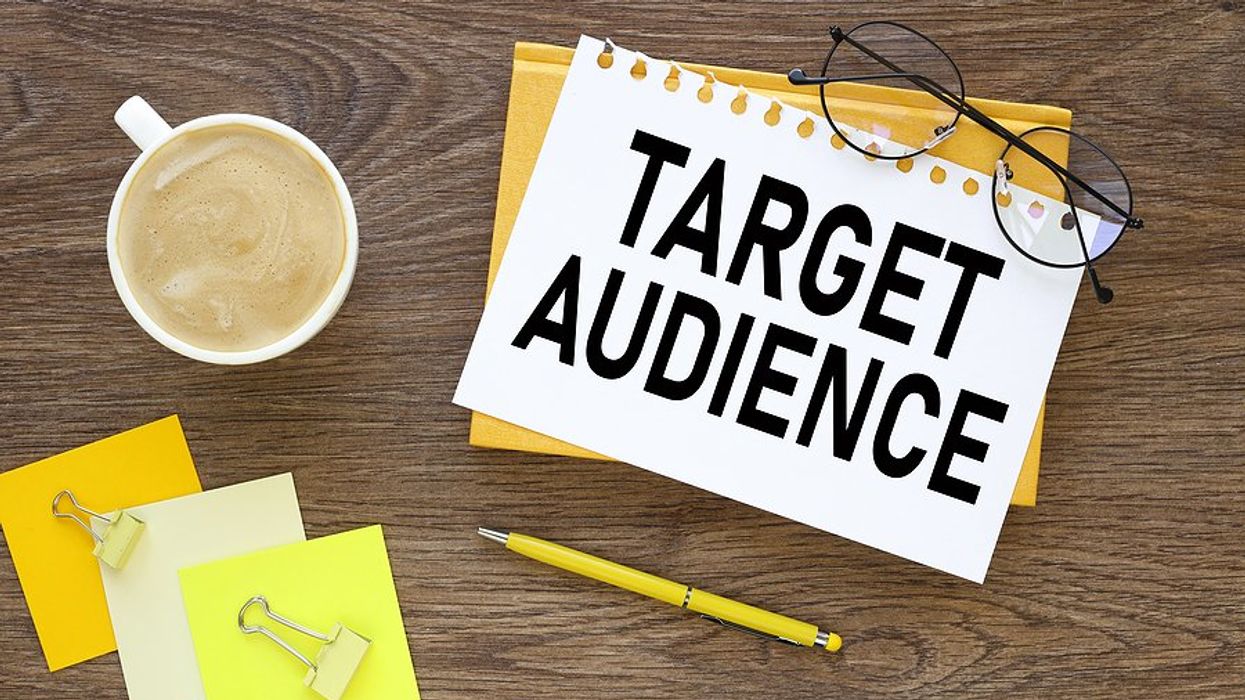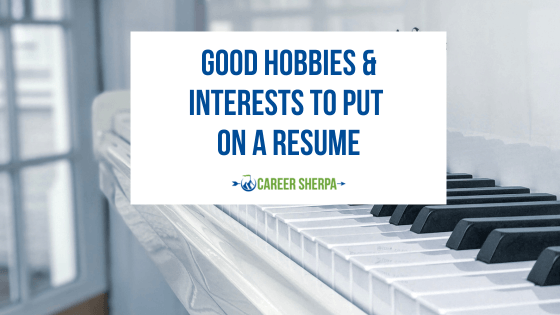
One of the most important things a company can do to ensure its success is to accurately identify its target audience. Your target audience is the group of people most likely to buy your company’s products or services. Identifying your target audience is the most efficient way to gain more customers and improve your bottom line as a business.
We recently asked our executives for their advice on how to identify a company’s target audience.
Here are their responses…
Lynn Holland, VP Sales & Business Development
When you think about picking a target audienceâaka ideal customer profile (ICP)âso your company can build a strategy to reach and pursue them, itâs easy to assemble a wish list of whom seems like a fit for your product or service to chase using a usual checklist:
- The market to pursue (i.e., small/growth, mid-market, or enterprise companies)
- The segment (i.e., manufacturing, distribution, technology)
- The verticals (i.e., automotive, consumer packaged goods, chemical)
- The specific buyer you want to attract (i.e., plant managers, supply chain managers, procurement managers)
But remember that picking a proper and effective ICP or, if you are starting out, an âinitialâ customer profile to kickstart growth for your company, guides whom to pursue and whom not to pursue. Here are three exercises for a more scientific approach:
- Assemble ONE ICP with thoughtful questions about why this market needs your product most urgently vs. a wish list of potential buyers.
- Donât mistake your total addressable market (TAM), everyone and anyone that could use your product, for an ICP. Rather, start with an intentional ICP.
- Analyze the markets you are thinking of pursuing then pick the ICP that is the most probable to be successful using qualitative and quantitative questions:
- Qualitative – Who has the more urgent and important problem that you are solving? This target will be more likely to say yes.
- Quantitative – What percentage of revenue is from which customer profiles? A lower churn rate? A higher win rate? Or maybe even what customer profile do you enjoy more?
Lynn Holland is a business development executive with 18+ years of experience taking operational, IoT & retail technologies, products, & consumer engagement to market with a focus in petroleum & convenience retail.
Kathryn Marshburn, Music Program Manager

Determining the perfect target audience for a music artist involves several steps. Here are some guidelines to help you identify the ideal audience for a music artist:
1. Understand the artist’s genre: The first step is to understand the artist’s genre. Different genres of music appeal to different age groups and demographics. Once you are able to identify fanbases that like your artist, you can target social communities within those groups.
2. Study the artist’s existing fan base: Research the artist’s existing fan base to get an idea of who is already interested in their music. Analyze demographics such as age, gender, location, and interests. This information will help you determine who the artist’s music appeals to.
3. Identify the artist’s unique brand: Every artist has a unique brand essence that sets them apart from other artists. Determine what makes the artist’s music unique and what value they offer to their fans.
4. Analyze the competition: Analyze the competition to see who else is making similar music in the same genre. This will help you understand who the artist is competing with and what audience they are targeting and attract new fans from other artists’ followings. Touring direct support for competitors can also help in grabbing new fans as opening positions for large artists that are in your genre will guarantee new fan engagement. Most artists are very aware of their value and may charge a fee to open on tour, as they know their fans will gravitate toward the opening acts.
5. Identify gaps: Conduct market research to get a better understanding of the audience’s preferences, habits, and attitudes toward music. This will help you identify gaps in the market and potential opportunities for the artist.
6. Use social media analytics: Social media platforms such as Facebook, Instagram, TikTok, YouTube, and Twitter provide valuable insights into the audience’s interests and behaviors. Use these analytics tools to identify the artist’s ideal audience and tailor marketing efforts accordingly. Have the artist post on all platforms with aggressive social media posting calendars including regular live streams, giveaways, ads, and collaborations with other artists. TikTok should be the focus of daily work including duets, live acoustic events, trending sounds, cover posts, and originals announced.
Kathryn Marshburn has spent 12+ years in the music and gaming industries guiding teams on identifying targeted goals with an agile approach resulting in driving revenue and reducing risk.
Michael Willis, Sports Business Operations Executive

In the sports business (working at a team), there are four factors to identify and grow your target audience.
1. Demographic â Age, gender, location.
- Age â I need metrics on the age groups that consume the games.
- Gender â Knowing whoâs watching individually, men vs. women.
- Location â What part of the state has the most fans?
2. In-Person vs. Streaming Services
- In-Person â These people come to the stadium and enjoy the games in person.
- Streaming Services â These are the people who watch games on their devices or TV.
3. Competitors â Who are the closest competitors in my market?
- Sharing Space â Can we rent the space for other entertainment events when our sports venue is unused?
4. Economic Impact â What impact is the team making in the community? Are there any potential international influences available?
Michael Willis has 18+ years of experience working with accounting & sports organizations and has managed P&Ls of $10M – $125M+ with budgets of $3M-$50M+. He worked for the NFL for 22 1/2 years, mainly with the game officials working on the financial/accounting side of the business.
Lisa Perry, Global Marketing Executive

Defining your target audience is one of the most difficult, important, and overlooked aspects of your strategy. Here are six steps to help you better identify your target audience.
1. Know Who Your Audience Isn’t: Identifying who doesnât deserve your time and attention is essential. If you target men 35-45, you are NOT targeting men under 35 and over 45. This ensures you donât allocate dollars to audiences that will not yield a return.
2. Analyze Competitors: Itâs essential to understand what you are up against and what tactics to use to compete. Some things to look at:
- What are their market segmentation strategies and target?
- What reach do they have?
- What is their pricing structure?
- What is their media spending?
3. Conduct Research: Start with public resources, as much information can be found for free. The next option is original research which can be expensive, but itâs original data that can be hugely beneficial.
4. Analyze Existing Customers: Look at your existing customers to gain insights through social media analytics, customer surveys, interviews, feedback (reviews, forums, communities), website analytics, and interview the sales team.
5. Define Your Target Market: Now that youâve conducted analysis, see what patterns arise and boil this down into a simple statement: Our target market is (gender) aged (age range), who live in (place or type of place), and like to (activity). Keep in mind that this is a guide.
6. Continuously Revise: As you gather more data and interact with customers, reevaluate your target audience periodically and refine accordingly. Itâs important that your ideal customer stays current as the market shifts and evolves.
When you invest time to define your target audience and know them well, theyâll buy your product because they will see the value in what youâre offering. For a step-by-step guide on how to develop a brand strategy, check out my book.
Lisa Perry helps companies build leadership brands, driving loyal customers & delivering profitability. She does this through a process that builds brands consumers love. Her goal is to help companies develop, monetize, and grow their brands.
How do you identify your company’s target audience? Join the conversation inside Work It Daily’s Executive Program.




































